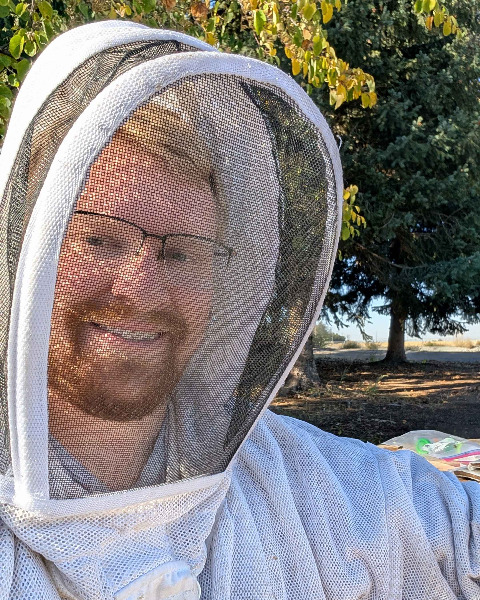Section Symposium
Plant-Insect Ecosystems
Early Career
Pesticide exposures in honey bees in the northwestern U.S. and a preliminary study of enzymes for pesticide detoxification

Ge Zhang, Ph.D., M.S. (he/him/his)
Assistant Professor
Washington State University
Pullman, Washington
Ryan Kuesel, Ph.D. (he/him/his)
Postdoctoral Research Associate
Washington State University
Pullman, Washington
Rae Olsson, Ph.D. (they/them/theirs)
Assistant Professor
Washington State University
Pullman, Washington- BH
Brandon Kingsley Hopkins, Ph.D., M.S.
Assistant Research Professor
Washington State University
Pullman, Washington
Presenting Author(s)
Co-Author(s)
The Northwestern U.S. is a primary cultivation area of various specialty crops (e.g., almond, apple, blueberry) that rely heavily on honey bee pollination. Pesticide use in these crops poses a threat to bee health, however, there is limited research on where, which, and how much pesticides are being exposed to bees. Our study assesses spatiotemporal pesticide exposures in migratory pollination by analyzing pesticides residues in bee bread, aiming to improve beekeeping practices and pesticide application strategies to reduce honey bee exposure. We repeatedly tracked six groups of 24 hives in 2022 and six groups of 16 hives in 2023, each group following a unique migratory route. All migratory routes started in different almond orchards in California in February and March and continued with pollination of versatile crops in Washington, including tree fruit pollination (apple, cherry, blueberry) in April and May, seed crop pollination (sunflower, canola, carrot, onion, buckwheat) and honey production (pasture, forest) from June through September. We found intensive fungicide exposures in almond orchards, significant exposures to both fungicides and insecticides in tree fruit orchards, and declining exposure levels in see crops. Notably, we found severe brood mortality at apple orchards with high levels of exposures to buprofezin. Buprofezin is considered safe for adult bees but can be highly toxic to brood. Our results suggest a need to improve compliance with insecticide label requirements during tree fruit pollination and a need for further research into the negative impacts of IGR on brood health to inform potential policy changes.

.png)
